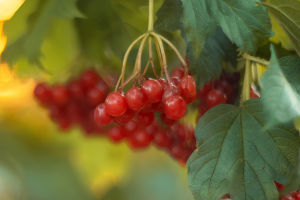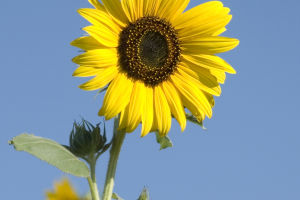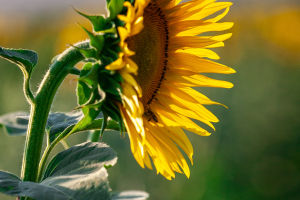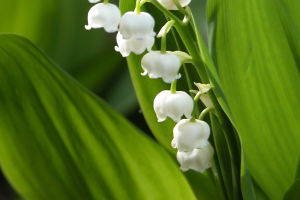
Petals and Perception

Flowers, the beautiful messengers of nature, adorn the earth with colorful forms.
They bring visual delight and deeper insights into the natural world through their magical perception and unique natural reactions.
In this vast and mysterious realm of nature, flowers seem to possess an innate, almost supernatural sense, revealing the marvels of life by responding to subtle changes in the external environment.
First and foremost, let us marvel at the sensitivity of flowers to light. Flowers swiftly unfurl their petals with the first rays of morning sunlight, embracing the dawn's illumination.
Conversely, as the sun descends and dusk cloaks the land, flowers gracefully close, preparing for the nocturnal embrace. This ability to perceive light facilitates optimal photosynthesis and enhances their chances of survival.
Related
 Unraveling the Myth: Sweeter Fruits ≠ Higher Calories
Unraveling the Myth: Sweeter Fruits ≠ Higher Calories
 Ferns, ancient plants thriving for millions of years, reproduce by spores, not seeds.
Ferns, ancient plants thriving for millions of years, reproduce by spores, not seeds.
 Do you know why sunflowers turn with the sun? Let's unveil the world of sunflowers together!
Do you know why sunflowers turn with the sun? Let's unveil the world of sunflowers together!
 Why do sunflowers turn? Why do some defy the sun? Let us enter the world of sunflowers and uncover their secrets!
Why do sunflowers turn? Why do some defy the sun? Let us enter the world of sunflowers and uncover their secrets!
 Is Lily of the Valley really that dangerous? Sensitive individuals must stay away!
Is Lily of the Valley really that dangerous? Sensitive individuals must stay away!
 Join us to uncover the story of lilac: Elegant flowers symbolize purity, grace, and nature's resilience.
Join us to uncover the story of lilac: Elegant flowers symbolize purity, grace, and nature's resilience.
Furthermore, flowers demonstrate a keen awareness of climate fluctuations. Anticipating impending storms, flowers emit a fragrant allure, beckoning insects to facilitate pollination, ensuring the propagation of their seeds.
During scorching summers, certain flowers utilize the plant's moisture to emit a cooling scent, offering respite to their surroundings. This attunement to climate enables flowers to play a pivotal role in nature, serving as integral ecosystem components and responsive agents to environmental shifts.

Moreover, flowers exhibit sensitivity to chemicals in their surroundings. Research indicates that when flowers detect harmful chemicals, they employ defensive mechanisms by altering the composition of their scent or releasing specific chemicals.
This innate response safeguards the flowers themselves and extends implicit protection to surrounding organisms.
Beyond their perception of the external environment, flowers engage in a mystical form of communication known as flower language. This ancient and enigmatic tradition conveys many emotions and wishes through flowers' color, shape, and fragrance.
For instance, red roses symbolize passion and love, while white lilies evoke notions of purity and blessings. This expressive medium, rooted in the symbolism of flowers, resonates with poetic elegance and profound emotional resonance.
In summary, as extraordinary entities in nature, flowers possess remarkable sensory faculties and distinctive natural responses. Their sensitivity to light, climate, and chemicals facilitates adaptation to their surroundings and contributes to the equilibrium and resilience of ecosystems.
Moreover, the tradition of flower language establishes a captivating and mysterious emotional rapport between humanity and flowers. Let us cultivate a heightened awareness of the floral transformations in our daily lives, thereby attuning ourselves to the wonders and splendor of nature.